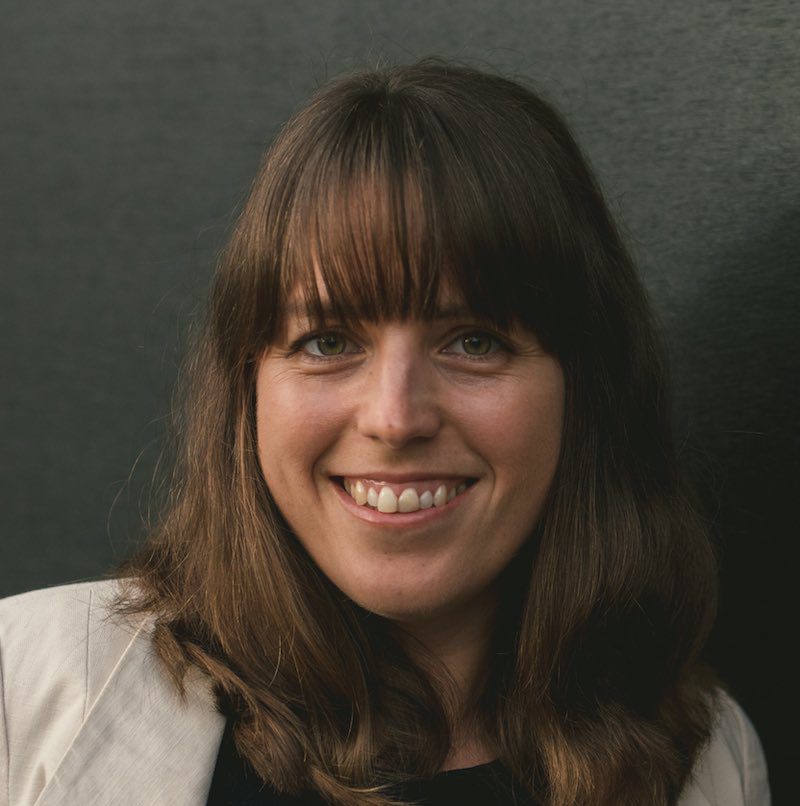thedriven.ioEVs are easy to fall in love with, but only once you’re in one
Rachel Williamson4–5 minutesSource: @gem8mingen/Twitter
There is no doubt electric vehicle (EV) owners in Australia fall in love with their EVs and rarely take a step back into the past. But getting drivers into an EV in the first place is the tricky bit, a new report shows.
Lingering concerns around servicing, long-term battery life, and range and charging infrastructure remain the key fears cited by Australians still driving internal combustion cars and trucks, and which are preventing them from making the jump, according to a study by car mechanic chain MyCar.
Intriguingly, the number of people saying these factors are deal breakers are falling, yet only 14 per cent of the fossil fuel drivers questioned in the survey said their next car would be electric.
Of the 2004 people surveyed who also drove petrol and diesel cars, only 40 per cent said range and access to charging infrastructure was an off putting factor and less than half were worried about long term durability of EVs. Just 38 per cent said high upfront costs were a barrier to making the switch to an EV.
“Overall, we expect the EV market to continue its growth trajectory as the public becomes more aware of the benefits and practicalities of EV ownership,” the report said.
“The current EV owners we surveyed reported high satisfaction with their vehicles, in part driven by reduced need for maintenance … these responses demonstrate a promising outlook for the future of EVs.”
EV takeover
Indeed, slicing and dicing sales figures over the first six months of 2024 show just how promising that future is.
February recorded a monthly record for EV sales – pure battery cars that is – at 9.6 per cent of total new car sales. What those figures show is that one portion of the new car market is now almost entirely electric: the “medium” passenger car market, or what was once called the family sedan.
EVs took up 85 per cent of that market for cars priced above $60,000, and 64 per cent of the whole segment.
However, what was also clear at the time is that while buyers of more expensive cars have decided that electric is the way to go, Australians looking at the sub-$40,000 end of the market are yet to be convinced.
The market for used EVs is ticking up, as car fans look to the secondhand market to buy mainly Teslas, and in the first six months of 2024 EVs made up 8.7 per cent of new cars sold.
That old chestnut: range anxiety
While range anxiety is a real barrier to EV ownership, more and more research is also showing that drivers now comfortable with the new way of estimating time left on the road are taking more trips in their EV than in a fossil fuel car.
A BNEF chart reported by TheDriven in June shows that in large EV markets, these vehicles are driven far more often than their fossil fuel counterparts, as fuel is cheaper and they require less maintenance.
“Supporting the transition from traditional, trusted vehicles, requires a holistic approach that starts with education on the benefits and practicalities of EV ownership and continues by ensuring the automotive industry is equipped to facilitate the shift in terms of infrastructure,” says Australian Automotive Aftermarket Association CEO Stuart Charity.
Australia is ramping up investment in charging infrastructure, with the country logging 1000 fast charging sites in July continuing just over 3000 plugs.
Toyota is installing more than 600 charging bays in its dealerships and helping customers install chargers at home, as it races to catch up in EV markets. And state and federal governments are rolling out grants to speed up charger installations, from New South Wales’ funding for kerbside charging to Ampol’s $100 million from the federal government to roll out 200 charging bays by 2025.
Rachel Williamson is a science and business journalist, who focuses on climate change-related health and environmental issues.
- Forums
- Political Debate
- Accelerate the World's Transition to Sustainable Energy - to fight Anthropogenic Climate Change
Accelerate the World's Transition to Sustainable Energy - to fight Anthropogenic Climate Change, page-37722
-
- There are more pages in this discussion • 1,256 more messages in this thread...
You’re viewing a single post only. To view the entire thread just sign in or Join Now (FREE)





